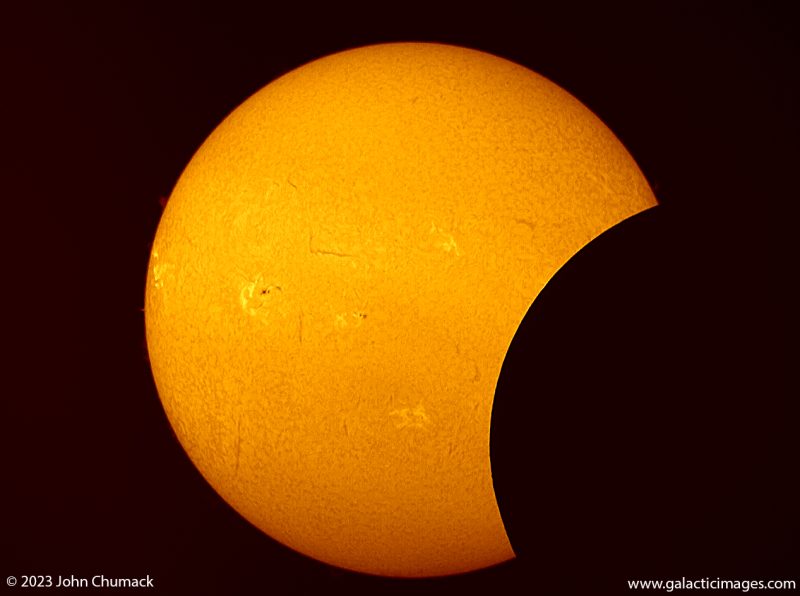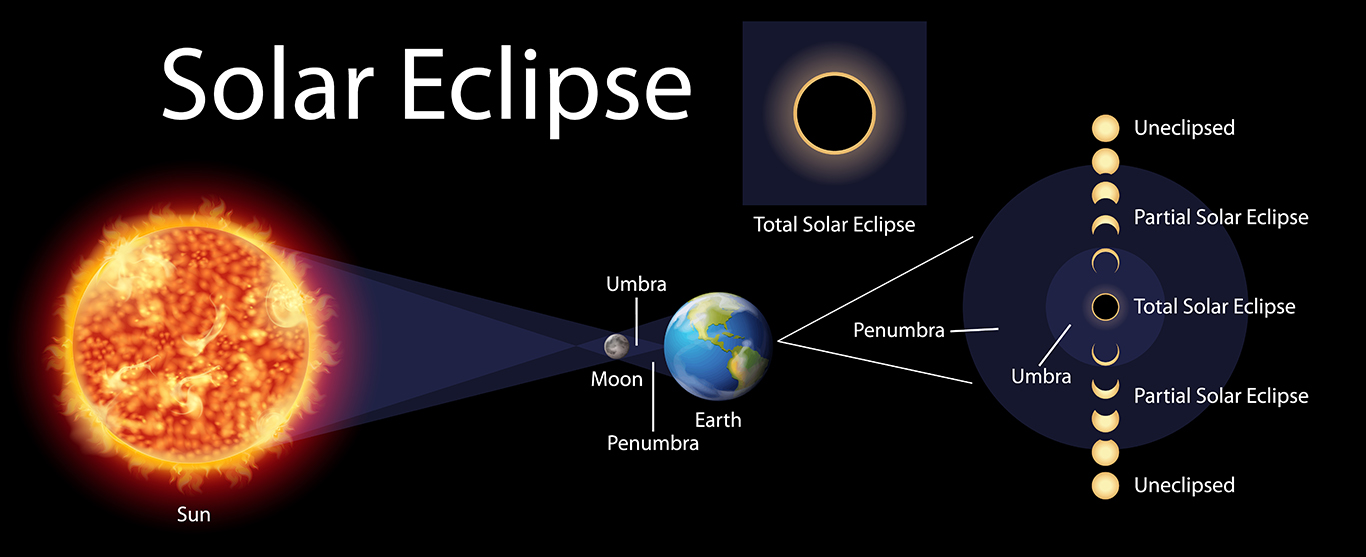Eclipses have fascinated humanity for millennia. The ability to predict these celestial events was a mark of advanced scientific understanding in ancient civilizations. Long before modern astronomical tools, ancient scientists and scholars developed sophisticated techniques to forecast eclipses, using keen observations, mathematical models, and centuries of recorded data.
In this article, we explore how ancient civilizations, including the Babylonians, Chinese, Greeks, Indians, and Mesoamericans, could predict solar and lunar eclipses. We will also examine the evolution of eclipse prediction methods and their significance in shaping early scientific thought.


1. Early Observations and Mythological Interpretations
Before scientific methods were developed, eclipses were often interpreted as omens or divine messages. Many cultures associated them with supernatural beings or cosmic battles. However, over time, careful observers noticed patterns in celestial events, leading to the first systematic attempts at prediction.
2. Babylonian Astronomy: The First Systematic Predictions
The Babylonians (c. 1900–539 BCE) were among the earliest known civilizations to predict eclipses accurately. Using clay tablets inscribed with cuneiform, they recorded extensive astronomical observations, leading to the discovery of the Saros cycle—a period of approximately 18 years, 11 days, and 8 hours after which lunar and solar eclipses repeat.
Key Contributions:
- Recognized the periodicity of eclipses.
- Developed empirical models based on long-term records.
- Used mathematical astronomy rather than physical theories.
Reference: Steele, J. M. (2000). “Observations and Predictions of Eclipse Records in Mesopotamian Astronomy.” Journal for the History of Astronomy, 31(3), 279-295.
3. Chinese Astronomers and the Importance of Long-Term Records
China has one of the oldest recorded histories of astronomical observations, dating back to at least 1200 BCE. The Chinese were meticulous in tracking celestial events, and by the Zhou Dynasty (1046–256 BCE), they had identified patterns in the movement of the Sun and Moon.
Key Contributions:
- Recorded eclipses for over 3,000 years.
- Recognized that solar eclipses occur during the new moon and lunar eclipses during the full moon.
- Developed the “three-revolutions” theory, correlating lunar, solar, and eclipse cycles.
Reference: Needham, J. (1959). Science and Civilization in China, Vol. 3: Mathematics and the Sciences of the Heavens and Earth. Cambridge University Press.
4. Ancient Greek Contributions: From Empirical Models to Theoretical Frameworks
The Greeks advanced eclipse predictions beyond empirical cycles by incorporating geometric and physical models of celestial motion.
Notable Greek Contributions:
- Thales of Miletus (c. 624–546 BCE): Allegedly predicted a solar eclipse in 585 BCE (though debate exists regarding how).
- Hipparchus (c. 190–120 BCE): Calculated the Moon’s distance and discovered the precession of the equinoxes.
- Ptolemy (c. 100–170 CE): Developed the Ptolemaic system, which included methods for eclipse prediction using epicycles.
Reference: Evans, J. (1998). The History and Practice of Ancient Astronomy. Oxford University Press.
5. Indian Astronomical Texts and Mathematical Advancements
Indian astronomers contributed significantly to understanding eclipses, primarily through mathematical models based on trigonometry.
Key Contributions:
- Aryabhata (c. 476–550 CE): Explained lunar and solar eclipses as the result of shadows cast by celestial bodies, rejecting mythological interpretations.
- Brahmagupta (c. 598–668 CE): Refined eclipse predictions using improved calculations of celestial motions.
- Surya Siddhanta (c. 4th–5th century CE): Introduced computational techniques for eclipse prediction.
Reference: Pingree, D. (1978). The Astronomical Algorithms in India. Harvard University Press.
6. Mesoamerican Eclipse Prediction: The Maya and the Dresden Codex
The Maya civilization (c. 250–900 CE) developed some of the most sophisticated astronomical models in the pre-Columbian Americas. Their ability to predict eclipses is evident in the Dresden Codex, an ancient Mayan manuscript containing detailed eclipse tables.
Key Contributions:
- Developed an eclipse table based on an 18,980-day cycle.
- Recognized the importance of the 260-day sacred calendar (Tzolk’in) in celestial predictions.
- Incorporated eclipse predictions into ritual and calendrical events.
Reference: Aveni, A. (2001). Skywatchers: A Revised and Updated Version of Skywatchers of Ancient Mexico. University of Texas Press.
7. The Evolution of Eclipse Prediction Techniques
While early civilizations relied on observation-based cycles, later advancements led to improved predictive models. Key developments included:
- Geometric models (Greek astronomy).
- Mathematical models (Indian astronomy, Islamic Golden Age).
- Computational methods (Renaissance Europe).
By the time of Johannes Kepler (1571–1630) and Isaac Newton (1643–1727), eclipse predictions had become highly precise, thanks to the laws of planetary motion and gravitational theory.
Reference: Newton, I. (1687). Philosophiæ Naturalis Principia Mathematica.
Conclusion
The ability to predict eclipses marked a significant step in the advancement of science. From Babylonian records to Greek geometry and Mayan calendrical calculations, ancient civilizations developed impressive methods of forecasting these celestial events. These efforts laid the foundation for modern astronomy, demonstrating humanity’s enduring quest to understand the cosmos.

References
Newton, I. (1687). Philosophiæ Naturalis Principia Mathematica.
Steele, J. M. (2000). “Observations and Predictions of Eclipse Records in Mesopotamian Astronomy.” Journal for the History of Astronomy, 31(3), 279-295.
Needham, J. (1959). Science and Civilization in China, Vol. 3: Mathematics and the Sciences of the Heavens and Earth. Cambridge University Press.
Evans, J. (1998). The History and Practice of Ancient Astronomy. Oxford University Press.
Pingree, D. (1978). The Astronomical Algorithms in India. Harvard University Press.
Aveni, A. (2001). Skywatchers: A Revised and Updated Version of Skywatchers of Ancient Mexico. University of Texas Press.



